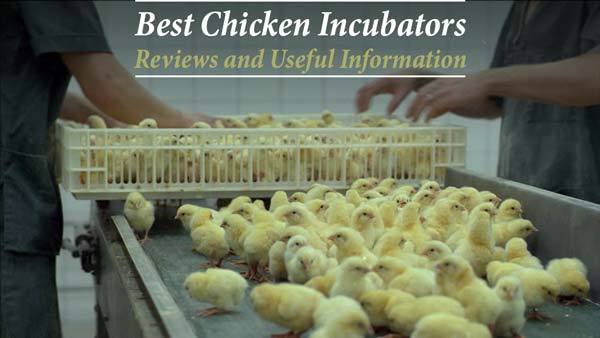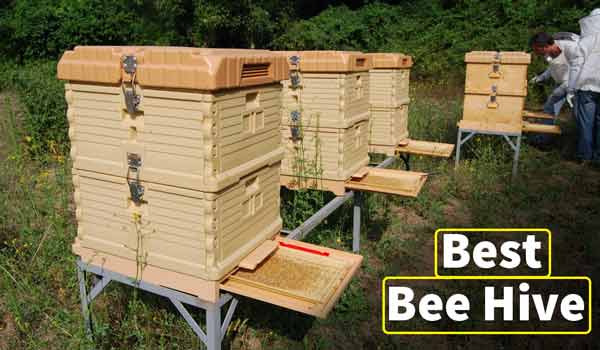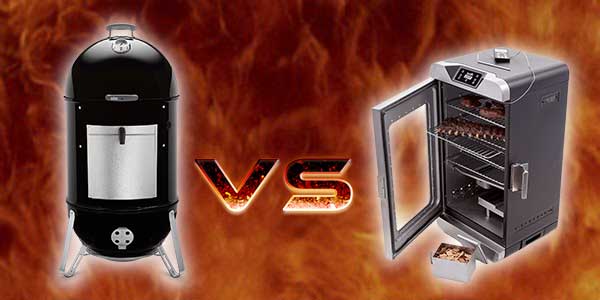Homemade Hummingbird Nectar
Maybe you’ve just got yourself a new hummingbird feeder or maybe it’s just time to refill a feeder you already have. Either way, if you’re looking to attract hummingbirds into your yard, you’re going to need to know how to make your own homemade hummingbird nectar.
Sure, you can buy it premade from the store, but it’s so simple to make and uses basic, everyday ingredients that you no doubt already have in your home. It’s also more economical to make your own homemade syrup or nectar to feed these pretty little birds.
While hummingbirds will eat a variety of things, the food they are most attracted to is nectar – these birds have a sweet tooth (or beak)! While they will normally satisfy this craving for sweet nectar by dipping their long, needle-like beaks into nectar-producing flowers, these pretty little birds are also happy to get some of the calories they need from our own homemade nectar.
Hummingbird nectar or syrup is just a combination of sugar and water, combined at the right ratio to make it very similar to the natural sucrose content of the nectar they would naturally consume from flowers.
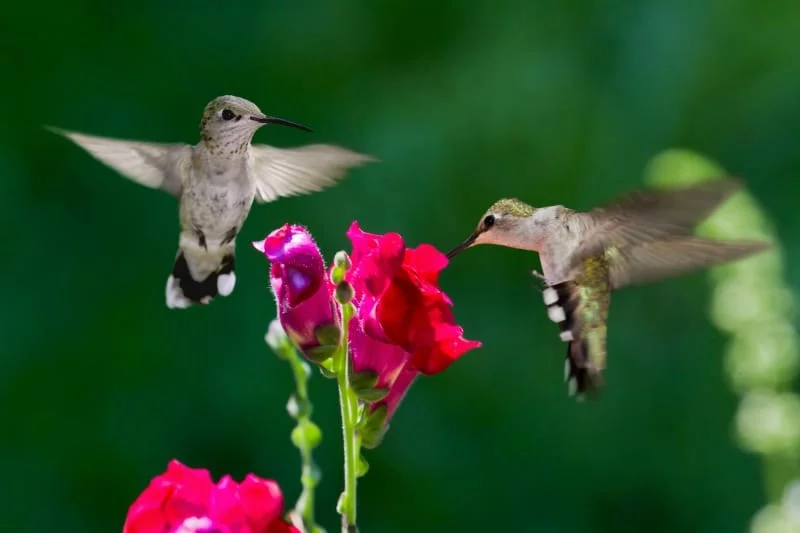
While giving birds sugar and water might not seem like a healthy thing to do, it actually provides the hummingbirds with an easily digestible source of energy and calories.
What Is The Correct Ratio Of Sugar To Water For Your Hummingbird Feeder?
A quick internet search will probably have you believing that the ratio of sugar to water for your homemade hummingbird nectar should be 1:4 – or 1 part sugar to 4 parts water.But, we would suggest, based on scientific research, that a ratio of 1:3 (1 part sugar to 3 parts water) is what the recipe should be.
As we’re trying to get the homemade nectar to mimic the nectar the birds would normally get from flowers, we need to be trying to make a solution that is as similar to 23.9% sucrose (the concentration of sucrose typically found in flower nectar) as we can get.
Using a ratio of 1:4, the resulting solution will be around 17.9% sucrose, while a ratio of 1:3 offers 22.5% sucrose concentration, which is a better approximation of the sucrose content they would normally get from the nectar in flowers.
Anyway, that’s all getting a bit too scientific and mathematical, if you’d like to read more about why we prefer a 1:3 ratio instead of the commonly recommended 1:4 ratio, check out this article here.
How To Make Homemade Hummingbird Nectar
Now that we know the correct ratio of sugar to water (1:3), making the homemade nectar is a very simple process.
1. Combine Sugar and Water
Combine one part plain, white granulated sugar and three parts water in a saucepan. For example, you could use 1 cup of sugar and mix it with three cups of water.
If you don’t want to make that much, you could use ½ cup of sugar combined with 1 ½ cups of water.

2. Heat The Mixture
Slowly heat the solution over a low heat for one to two minutes. Stir the solution as it heats to help the sugar dissolve.
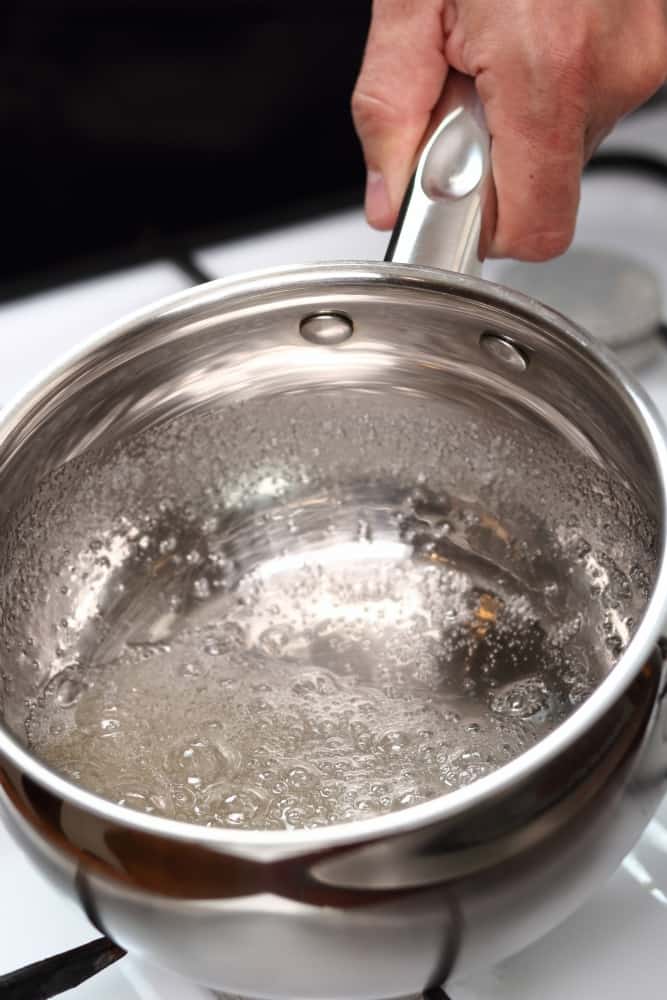
3. Let The Mixture Cool
Allow the solution to cool completely before filling feeders. And that’s it! We told you it was easy to make your own homemade hummingbird nectar!
Homemade Hummingbird Nectar Tips
We told you it was simple, and it is, but, here are some extra tips and tricks to keep in mind when making your own hummingbird nectar.
So, as you can see, making your own homemade hummingbird nectar is quick and easy and well worth the effort if you’d like to attract more of these adorable little birds into your garden.
Creating the nectar is as simple as getting the ratio of sugar to water right (1:3), mix, heat, cool and serve! Your hummingbird friends will thank you!



